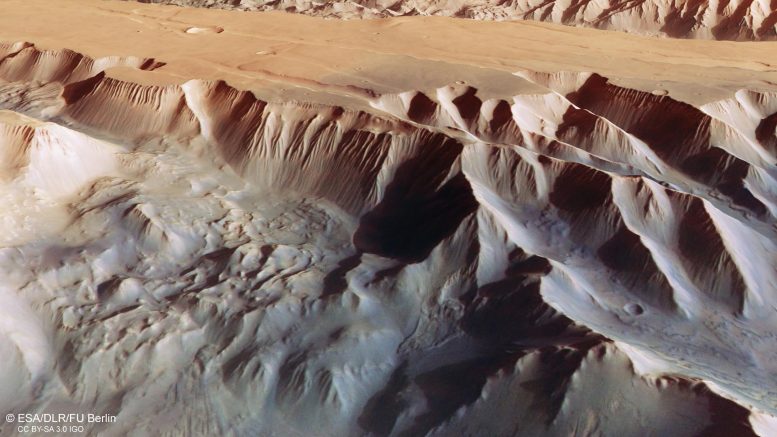
This oblique perspective view of Tithonium Chasmata, which forms part of Mars’ Valles Marineris canyon structure, was generated from the digital terrain model and the nadir and color channels of the High Resolution Stereo Camera on ESA’s Mars Express. Credit: ESA/DLR/FU Berlin, CC BY-SA 3.0 IGO
Early crust on Mars may be more complex than researchers previously thought—and it may even be similar to Earth’s original crust.
The Martian surface is uniformly basaltic, a consequence of billions of years of volcanism and flowing lava on the surface that eventually cooled. Scientists had thought Mars’ crustal history was a relatively simple tale because Mars did not undergo full-scale surface remodeling like the shifting of continents on Earth.
But in a new study, scientists discovered locations in the Red Planet’s southern hemisphere with greater concentrations of the chemical element silicon than what would be expected in a purely basaltic setting. Space rocks that slammed into Mars exposed the silica concentration by excavating material that was embedded miles below the surface, revealing a hidden past.
“There is more silica in the composition that makes the rocks not basalt, but what we call more evolved in composition,” says Valerie Payré, the study’s corresponding author. “That tells us how the crust formed on Mars is definitely more complex than what we knew. So, it’s more about understanding that process, and especially what it means for how Earth’s crust first formed.” Payré is an assistant professor in the Department of Earth and Environmental Sciences at the University of Iowa.
Scientists believe Mars formed about 4.5 billion years ago. Exactly how the Red Planet came into being is still a mystery, but there are theories. One idea is that Mars formed via a titanic collision of rocks in space that, with its intense heat, spawned an entirely liquefied state, also known as a magma ocean. The theory goes that the magma ocean gradually cooled, yielding a crust, like a layer of skin, that would be singularly basaltic.
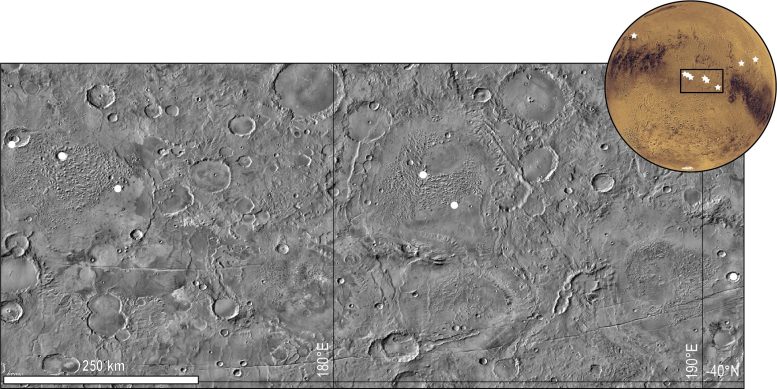
Researchers led by Valerie Payré, assistant professor in earth and environmental sciences at the University of Iowa, have found the early crust on Mars is more complex in origin than previously thought. The researchers located nine locations in Mars’s southern hemisphere (see image, above) that were rich in a mineral called feldspar. Feldspar is associated with a terrain that has more than a simply volcanic origin. The finding may mean Mars’s formation may be similar to Earth’s planetary beginnings.” Credit: Valerie Payré, University of Iowa
Another theory is that the magma ocean was not all-encompassing, and that parts of the first crust on Mars had a different origin, one that would show silica concentrations different from basaltic.
Payré and her research partners analyzed data gathered by the Mars Reconnaissance Orbiter for the planet’s southern hemisphere, which previous research had indicated was the oldest region. The researchers found nine locations—such as craters and fractures in the terrain—that were rich in feldspar, a mineral associated with lava flows that are more silicic than basaltic.
“This was the first clue,” Payré says. “It is because the terrains are feldspar-rich that we explored the silica concentrations there.”
Feldspar had been found previously in other regions on Mars, but further analysis showed the chemical composition in those areas was more basaltic. That did not deter the scientists, who turned to another instrument, called Thermal Emission Imaging System, or simply, THEMIS. This instrument aboard the Mars Odyssey orbiter can detect silica concentrations through infrared wavelength reflections from the Martian surface. With data from THEMIS, the team determined the terrain at their chosen locations was more silicic than basaltic.
Adding further credence to their observations, meteorites such as Erg Chech 002, discovered in the Sahara and dating roughly to the birth of the solar system, show similar silicic and other mineral compositions that the team observed in the nine locations on Mars.
The researchers also dated the crust to about 4.2 billion years, which would make it the oldest crust found on Mars to date.
Payré says she was mildly surprised at the discovery.
“There have been rovers on the surface that have observed rocks that were more silicic than basaltic,” she says. “So, there were ideas that the crust could be more silicic. But we never knew, and we still don’t know, how the early crust was formed, or how old it is, so it’s kind of a mystery still.”
While Mars’ crustal origin remains shrouded, Earth’s crustal history is even less clear, as any vestiges of our planet’s original crust have been long erased due to the shifting of continental plates for billions of years. Still, the finding may offer insights into Earth’s origins.
“We don’t know our planet’s crust from the beginning; we don’t even know when life first appeared,” Payré says. “Many think the two could be related. So, understanding what the crust was like a long time ago could help us understand the whole evolution of our planet.”
Payré conducted the research as a postdoctoral researcher at Northern Arizona University. She joined the UI in August.
The study, “An evolved early crust exposed on Mars revealed through spectroscopy,” was published online on November 4 in the journal Geophysical Research Letters.
Reference: “An Evolved Early Crust Exposed on Mars Revealed Through Spectroscopy” by V. Payré, M. R. Salvatore and C. S. Edwards, 10 October 2022, Geophysical Research Letters.
DOI: 10.1029/2022GL099639
Contributing authors are Mark Salvatore and Christopher Edwards from Northern Arizona.
NASA funded the research, through the Mars Science Laboratory Participating Scientist Program and the Mars Odyssey THEMIS project.


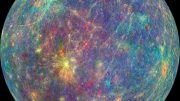
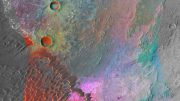
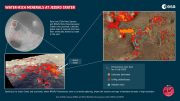
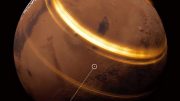

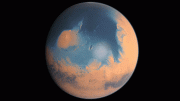

Geophysicaĺ evolution òf planet Mars crust showes similarity with earth crust.
Viewing curicity on mars layers and similarity of various facts between earth and the same,a typical calculation is reproduced here,which though suggested for comment section in some other journal thoug unpublished,from the begining of coming of such articles in to light.
Data about the Mars layers.
Crust:30 Kms.
Mantle:1,550 Kms.
Core:1,810 Kms,divided arbitrarily as –
Outer Core:1,470 Kms. + Inner Core:340 Kms.
Often curiosity arise due to similarity in facts present between planets earth and mars.This can be happening for their similar crust thickness.
The usual crust thickness of mars is 30 to 31Kms. Vrs. 70Kms. for the earth.Average thickness of mars mantle is taken 1,550 Kms.The radius of mars core is 1,810 Kms. is fabricated as inner core(340 Kms.) and outer core(1,470 Kms.). These are data are based on experimental calculations,where division of core in to two parts is arbitrary.However,increasing mantle thickness for 10 Kms.,crust has to increase 5 Kms,but this can give a nearperfect comparision ratio to the planets’ radii.